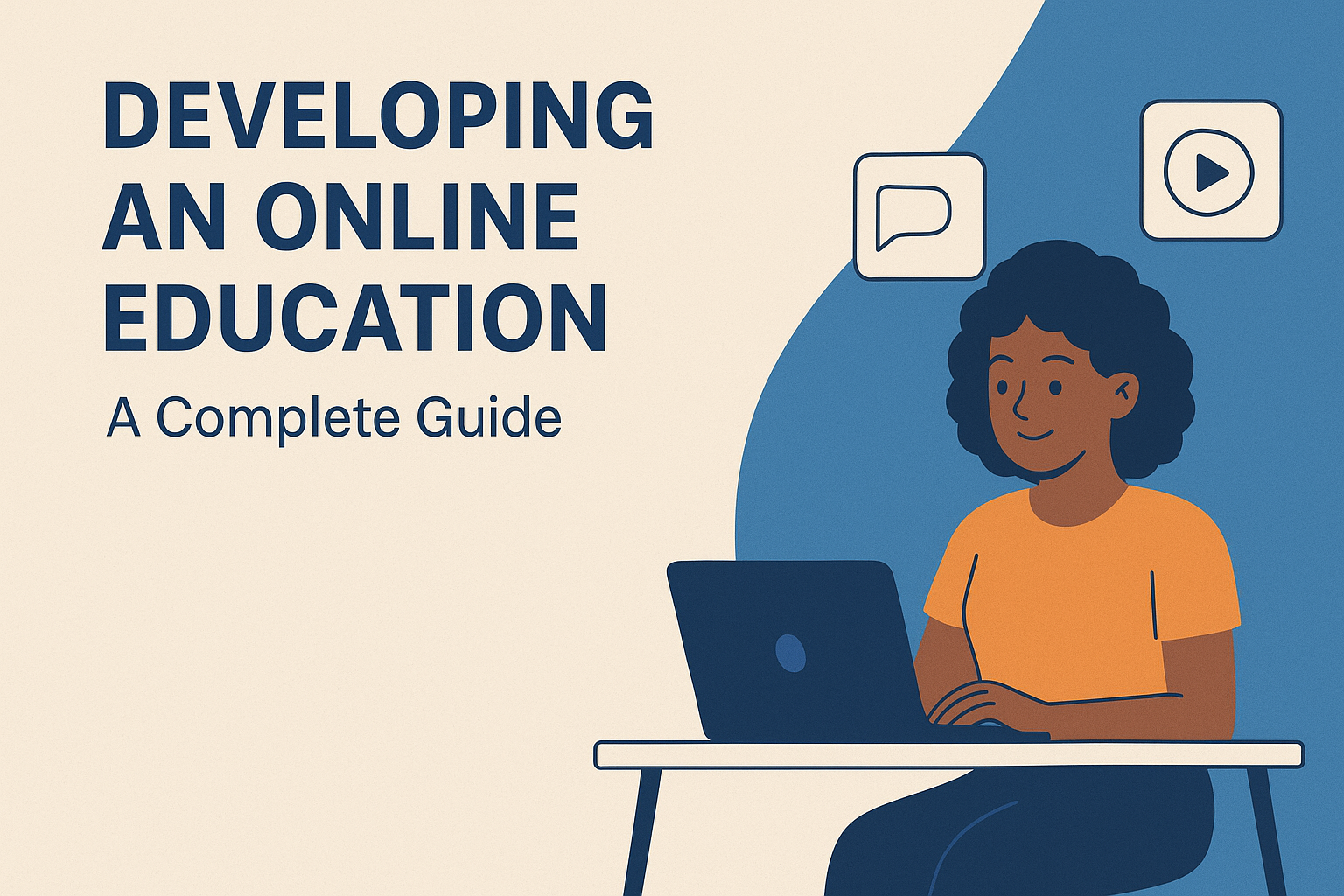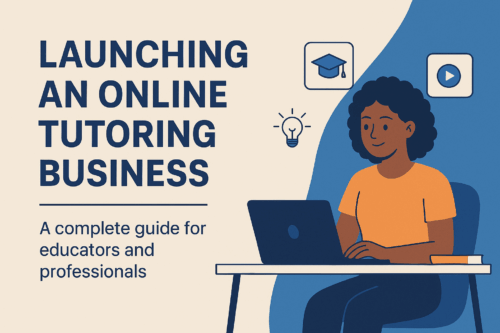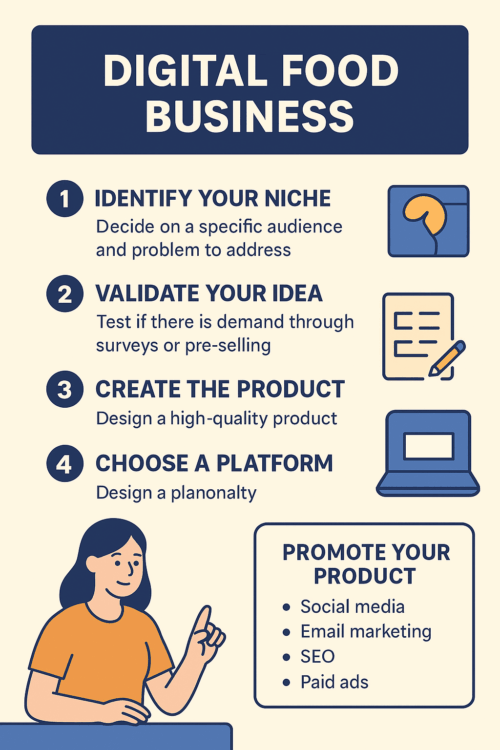Blogging and Content Creation in IT Education – A Complete Guide

Blogging and content creation are no longer hobbies—they are powerful tools for education, career growth, and influence. In IT education, blogging and video content can help students, teachers, and IT graduates share knowledge, solve problems, and build strong professional brands. With the rise of EdTech platforms, IT blogging has become a gateway for educators and learners to access tutorials, guides, and career advice anytime, anywhere.
Why IT Graduates Should Start a Blog or YouTube Channel
IT graduates often leave school with strong technical skills but limited visibility in the job market. Starting a blog or YouTube channel allows them to:
- Build an online portfolio of projects and tutorials.
- Establish credibility as thought leaders in technology.
- Share insights on coding, cybersecurity, networking, and software tools.
- Generate income while supporting their career journey.
In today’s digital-first world, recruiters and companies value candidates who showcase knowledge online. Blogging and content creation provide this competitive edge.
You can also read on: https://baobabentrepreneur.com/entrepreneurship-in-ghana-lessons-from-duapa-werkspace-and-erasmus-mensah-ackons-success-story/
Popular Niches in IT Education Blogging
Tech Tutorials and How-To Guides
Step-by-step guides on coding, app development, or troubleshooting software remain some of the most searched-for content.
Career Advice for IT and Education Graduates
Sharing tips on certifications, interview preparation, and freelancing opportunities can attract students and young professionals.
Software and EdTech Tool Reviews
Reviews of platforms like Moodle, Google Classroom, Microsoft Teams, and Kahoot are highly valuable for teachers and schools.
Classroom Integration Guides for Teachers
Explaining how to integrate IT tools into lesson plans helps teachers adopt digital education more effectively.
Choosing the Right Platform for Content Creation
Blogging Platforms
- WordPress: Highly customizable and SEO-friendly.
- Blogger & Medium: Great for beginners with simple setups.
- Substack: Good for combining newsletters with articles.
Video Platforms
- YouTube: The leading space for IT tutorials.
- TikTok & Instagram Reels: Perfect for short tips and quick hacks.
Key Factors
Consider ease of use, costs, SEO benefits, and audience reach before committing to a platform.
Step-by-Step Guide to Starting a Blog in IT Education
- Choose your niche (tutorials, career advice, reviews).
- Select a blogging platform.
- Register a domain name and hosting.
- Install themes and plugins for SEO optimization.
- Plan a content calendar.
- Publish consistently and share on social media.
Creating High-Quality IT Tutorials and How-To Guides
High-quality content should be:
- Clear and practical with screenshots, diagrams, or video demonstrations.
- Beginner-friendly while offering advanced tips.
- Structured with step-by-step explanations and FAQs.
This approach builds trust and encourages repeat visitors.
Monetization Strategies for IT Education Bloggers
Google AdSense and Display Ads
Place ads strategically to earn from traffic without disrupting user experience.
Affiliate Marketing
Promote software, coding tools, or educational resources through platforms like Amazon Associates or ShareASale.
Sponsorships and Partnerships
Partner with EdTech companies or tool providers for paid reviews and content collaborations.
Selling Digital Products
Offer courses, study materials, coding templates, or eBooks for direct income.
Growing Your Blog or Channel with SEO
SEO ensures that your blog or videos reach a wider audience. Key steps include:
- Using relevant keywords like “blogging in IT education” and “start an IT education blog.”
- Writing optimized titles and meta descriptions.
- Using internal and external linking strategies.
- Tracking performance with Google Analytics and Search Console.
Content Marketing Strategies for IT Educators
Promote your blog or channel through:
- Social Media: Share tutorials and tips on LinkedIn, Twitter, and TikTok.
- Email Marketing: Build a subscriber list to share updates.
- Guest Blogging: Contribute to established EdTech sites for visibility.
Building Authority as an IT Thought Leader
Consistency and expertise help position bloggers as thought leaders. Contributing case studies, collaborating with other educators, and engaging in speaking opportunities further boost authority.
Challenges in IT Blogging and How to Overcome Them
- Consistency Issues: Solve by creating a content calendar.
- Low Traffic: Focus on SEO and promotion.
- Monetization Delays: Be patient—income grows with audience size.
- Content Quality: Keep learning and updating to stay relevant.
Future Trends in IT Education Blogging and Content Creation
The future of IT blogging is shifting toward:
- AI-powered tutorials and interactive learning.
- Short-form video content on TikTok and Instagram.
- Collaborative EdTech content with gamification elements.
- Voice and podcast content for on-the-go learning.
Practical Tips for Success in IT Education Blogging
While understanding strategies is important, applying them consistently makes the difference. Here are some actionable tips for aspiring IT education bloggers:
- Start Small and Focused – Don’t try to cover everything at once. Begin with one niche, such as coding tutorials or EdTech tool reviews, and build gradually.
- Leverage Visuals – Use infographics, diagrams, and short demo videos to simplify complex IT concepts. Tools like Canva or Snagit can help.
- Engage Your Audience – Encourage questions, comments, and feedback. A thriving IT blog or channel is built on two-way communication.
- Stay Updated – IT is fast-moving. Regularly update your content with the latest tools, frameworks, and trends to stay relevant.
- Repurpose Content – A blog post can be turned into a YouTube tutorial, podcast episode, or infographic. This multiplies reach without duplicating effort.
Case Study: Example of IT Blogging Impact
Consider an IT graduate who starts a blog about Python programming tutorials. Within a year, the blog attracts:
- 5,000 monthly visitors searching for beginner-friendly coding help.
- Sponsorship offers from coding bootcamps.
- Affiliate income from promoting online IDEs and coding books.
This case shows how an education blog can shift from being a side project to becoming a career-building platform.
Networking and Collaboration in IT Education Blogging
Blogging should not happen in isolation. IT bloggers can grow faster by:
- Collaborating with peers through guest posts or joint video tutorials.
- Engaging with communities on LinkedIn, GitHub, and IT forums.
- Partnering with educators to create co-branded resources.
Collaboration not only increases reach but also boosts credibility in the competitive education space.
The Role of Local and Global Communities
In regions like Africa and Asia, IT education blogging is helping bridge digital literacy gaps. Young professionals are creating localized content—tutorials in local languages, context-based IT guides for schools, and affordable digital learning materials.
Globally, IT education bloggers are contributing to open-source knowledge and supporting learners who cannot afford traditional IT courses. This makes content creation not just a career tool but also a way to democratize education.
Final Thoughts: Why Now is the Time to Start
The demand for digital education, coding tutorials, and tech career advice has never been higher. With increasing internet penetration and reliance on remote learning, IT graduates, educators, and professionals have a unique opportunity to shape the future.
Starting an IT education blog or YouTube channel in 2025 is not only a way to share knowledge but also a path toward building a personal brand, unlocking income opportunities, and making a positive social impact.
👉 If you’ve been thinking about starting a blog or creating tutorials, now is the perfect time to take the first step.
Conclusion
Blogging and content creation in IT education offer incredible opportunities for graduates, teachers, and tech enthusiasts. From sharing tutorials to building authority and generating income, IT bloggers can shape the future of education while advancing their own careers. By staying consistent, leveraging SEO, and embracing new trends, anyone can thrive in this exciting space.














